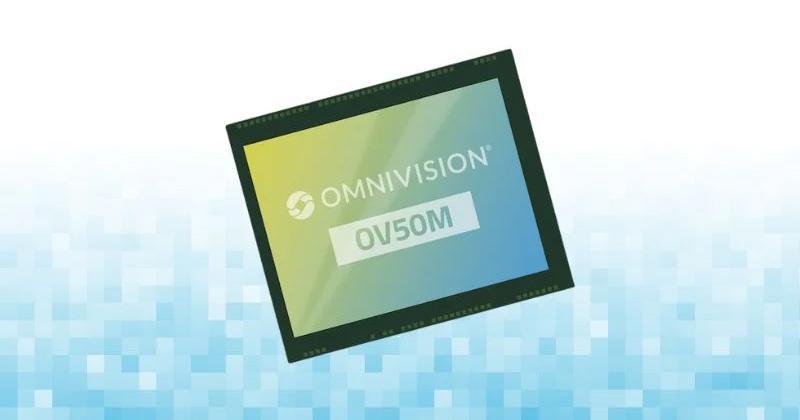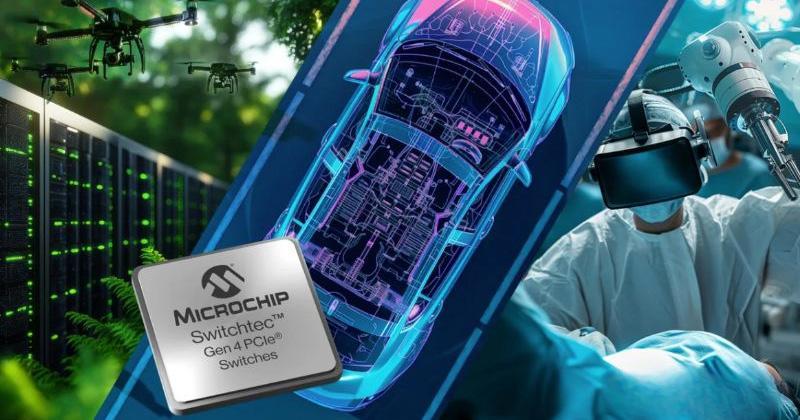
India’s Semiconductor Stars Align to Build Out Ecosystem
The signing of agreements between the prime ministers of India and Singapore this week to collaborate on growing and supporting India’s semiconductor ecosystem is a sign of the rapidly growing momentum in India. Additional announcements were made by Kaynes Semicon and Tower Semiconductor regarding further investments in manufacturing and assembly facilities.
And if it is a sign of the importance of semiconductors, India’s PM Narendra Modi will be inaugurating the Semicon India event in Noida, just on the outskirts of New Delhi, India, next week. In a joint virtual press briefing from Semicon Taiwan this week, SEMI president and CEO Ajit Manocha said that this was India’s moment. “India is primed to blossom as a global semiconductor hub, as the chip industry seeks to bolster supply chain resiliency, serve the rapidly growing electronics market, and employ the region’s wealth of engineering talent,” Manocha said in a prepared statement.
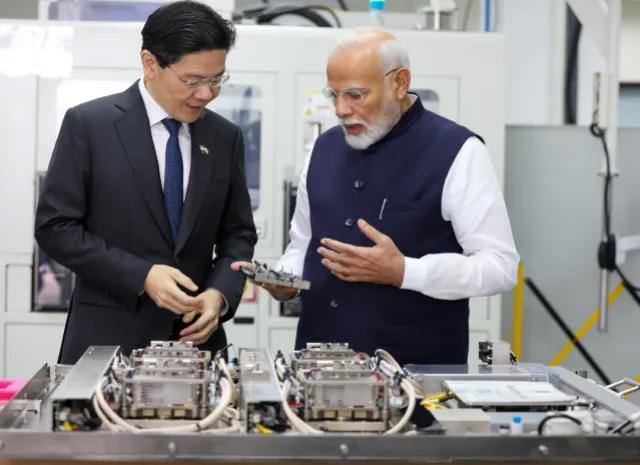
Singapore Prime Minister Lawrence Wong and India Prime Minister Narendra Modi at the semiconductor facility of AEM Holdings in Singapore this week. (Image: India Prime Minister’s office)
On my travels in Bangalore, India, this week, I sensed that this moment was different to all the other times I have reported on India’s promise since the 1990s. This time, it looks like it is for real, in terms of building capacity, building talent and figuring out how to translate years of designing chips for the likes of TI, Intel, Qualcomm and others into creating chips within India to cater to the explosion in demand within the country—especially in power electronics, automotive and industrial, with advanced co-packaged optics capacity, too.
There is certainly some kind of pattern that I am seeing though. There is a huge alumni network of ex-Intel executives (and others, but Intel popped up several times) among the people I have met, who, having worked primarily in the U.S., have return been invigorated by the government initiatives and private sector motivation on their return. This includes renewed interest in tapping into government allocated funds to boost the semiconductor value chain in India. And on the back of that, they are ready to deploy their expertise and innovative ideas to build out parts of the ecosystem in India.
I could see that ambition reflected in my meeting with Suresh Subramanyam, managing director of FlexAI, as someone who is keen to bring his years of advanced packaging expertise to India, and figure out how to build the ecosystem in the country.

Sanjay Gupta (Image: Nitin Dahad/EE Times)
Additionally, the sense of optimism from L&T Semiconductor’s chief development officer Sanjay Gupta was very evident as we met in the Bangalore center for this new fabless semiconductor “startup” within the massive L&T conglomerate. He highlighted the company’s plans to build out engineering and product development teams to target key market verticals and develop SoCs and ASSPs competing with the established global chip companies.
One of those global players is Renesas, and my visit to meet with Malini Moorthi, the country head for Renesas India and senior director of engineering, highlighted how there is real enthusiasm for opportunities in India. Having been in the role for just over 18 months after returning from Toronto, Canada, she has made the role her own by massively growing the engineering team, fostering university and academia links to nurture future talent, and make Renesas better known in India—even though the company has been in the country for a few years, it was relatively unknown as a brand there.
To deliver on the links with universities and startups, she brought on board industry veteran and entrepreneur Chitra Harihan to lead that effort.
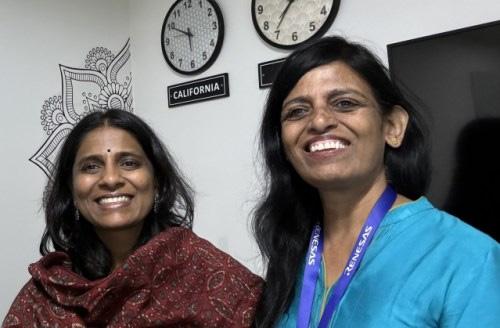
Malini Moorthi (left) and Chitra Harihan (right). (Image: Nitin Dahad)
An India designed AI chip and stack
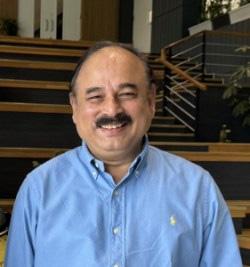
Sambit Sahu. (Image: Nitin Dahad)
A few weeks ago, Ola Krutrim unveiled its roadmap for delivering full-stack AI capabilities, comprising foundational models, cloud and silicon—this includes three chips (plus a fourth on the way) and strategic partnerships with Arm and Untether AI for the development of those CPU and AI chips, platforms and systems. The company also launched Krutrim cloud with AI and general-purpose capabilities, in addition to a wide range of purpose-built AI services that target the Indian developer community to build technology products at a much cheaper cost.
The chips roadmap, according to the company, is to fulfil India’s desire to achieve technical sovereignty and not rely on foreign IP. The chips are called Bodhi for AI; Sarv for general compute; and Ojas for edge, with first silicon targeted for 2026 on advanced nodes. Sambit Sahu, the engineering director responsible for the chip development, told us that they are in discussion with leading fabs at the moment. Ola Krutrim will also be launching Bodhi 2 by 2028.
To hear about the plans and the vision for these chips in more detail, watch our interview with Sambit Sahu below:
Increasing semiconductor manufacturing capacity
Another announcement made this week was the approval by India’s central government of a semiconductor plant for Kaynes Semicon in the state of Gujarat in India. With an investment of just under $400 million, the plant aims for a target capacity of handling six million chips per day. We asked Kaynes Semicon CEO Raghu Pancicker what this meant, and he explained that this assembly, test and packaging facility will address both modules and advanced substrates—an example of the latter is for co-packaged optics.
For example, Kaynes has already signed an MoU with LightSpeed Photonics in Singapore to produce its modular optoelectronic processors and interconnects for data centers and near-edge compute, according to Pancicker.
![]()
One of Kaynes Semicon’s existing factories at Hyderabad. (Image: Kaynes Semicon/Raghu Panicker)
It was clear in chatting with Panicker that the strategy is a stark contrast to “build it and they will come.” He said they already have three customers lined up to fill the initial capacity, and has agreements in progress for equipment, chemicals and materials with major global suppliers.
In another unrelated announcement, the deputy chief minister of western state Maharashtra said that a state government committee had approved a $10 billion investment for an analog/mixed signal semiconductor manufacturing plant for a joint venture between Tower Semiconductor and India’s Adani Group.
Planned to be located in Panvel, Maharashtra, India, the announcement said it will have a capacity of 40,000 wafers per month in phase one and 80,000 wafers per month in phase two, though no further details were announced.
It is not just design services
There is no shortage of tech events related to AI, design services, semiconductors and more. One of those events this week in Bangalore was the NASSCOM Design & Engineering Summit 2024, where there were plenty of discussions around the various aspects of engineering for AI. One thing was certainly clear: on previous visits to India, I have often heard how Indian designers are great at delivering chips and systems when specifications are put in front of them, as outsourced design teams. However, some of the talks at this conference highlighted a new wave of youngsters with ideas and converting them into products and solutions themselves.
To get a perspective on some of this, I caught up with one of the sponsors of the event, eInfochips, and spoke to the company’s VP of marketing, Bharath Aitha, to get his perspective. You can watch the video interview with him below:
—Editor’s Note: EE Times will be at Semicon India next week, and EE Times editor-in-chief Nitin Dahad will be moderating a panel discussion entitled, “EDA Responds to the Challenges of Advanced Manufacturing Technologies” on Sept. 11 at the conference. Details of the program are here.



